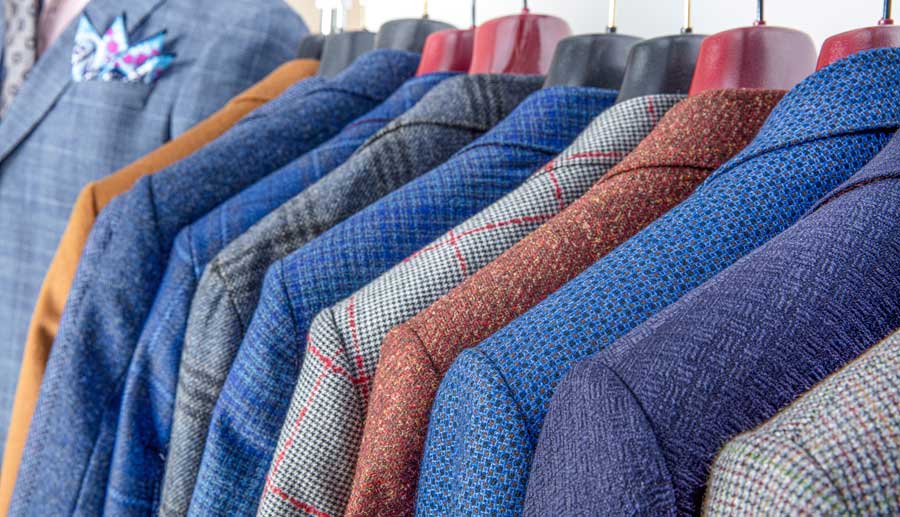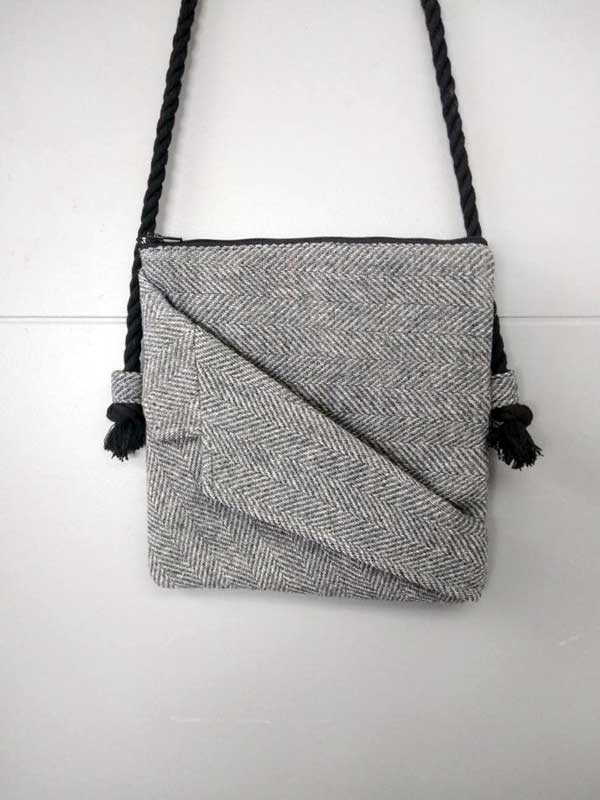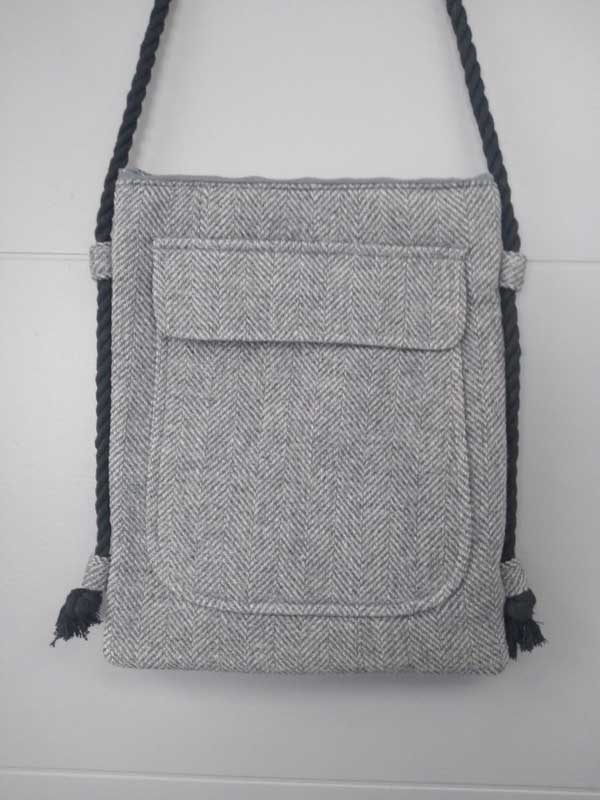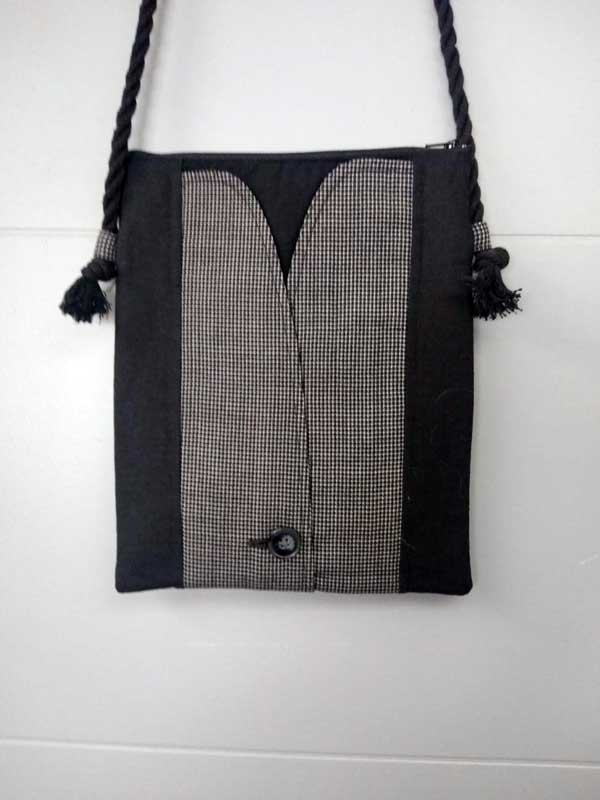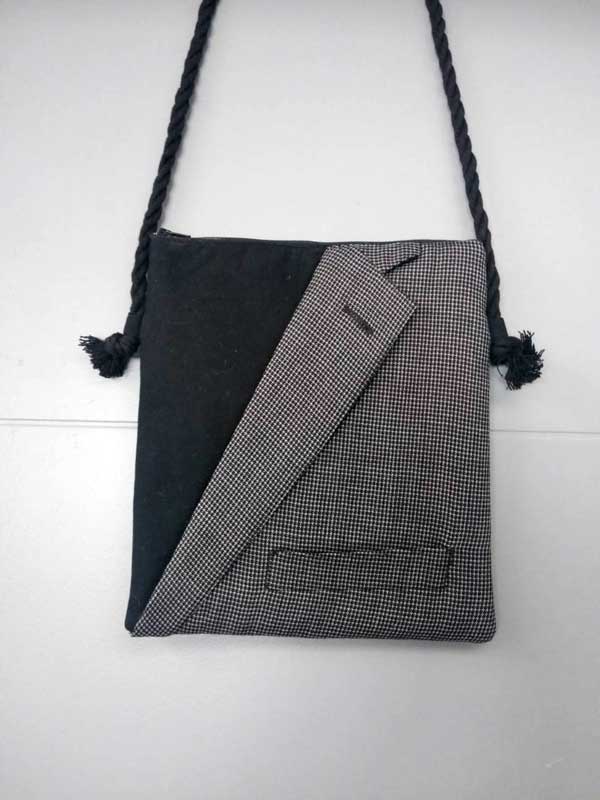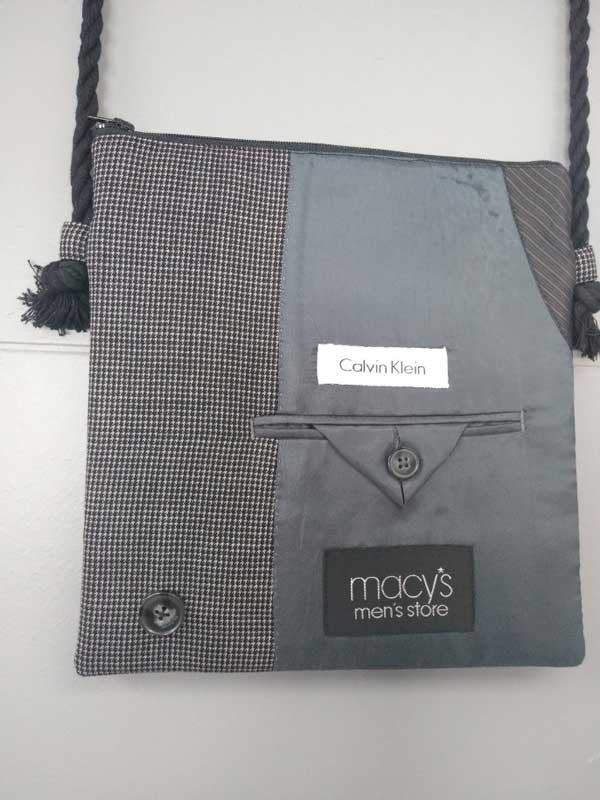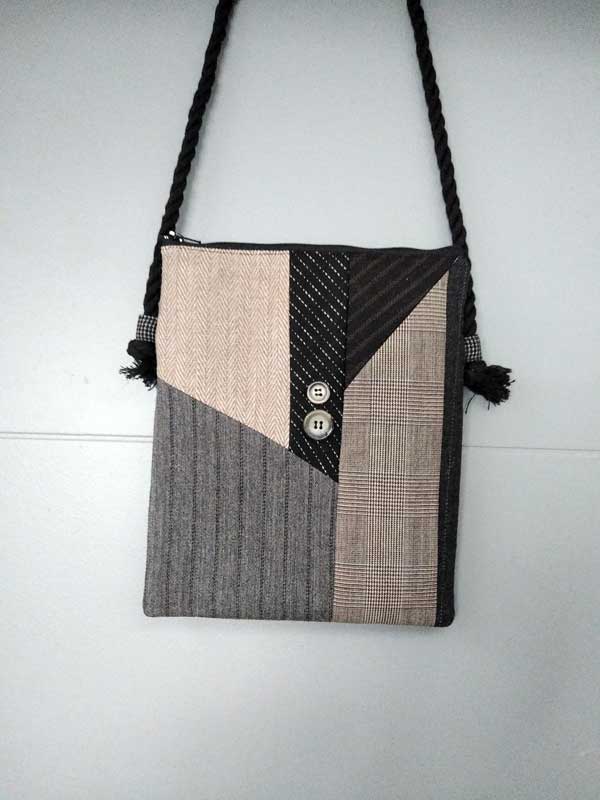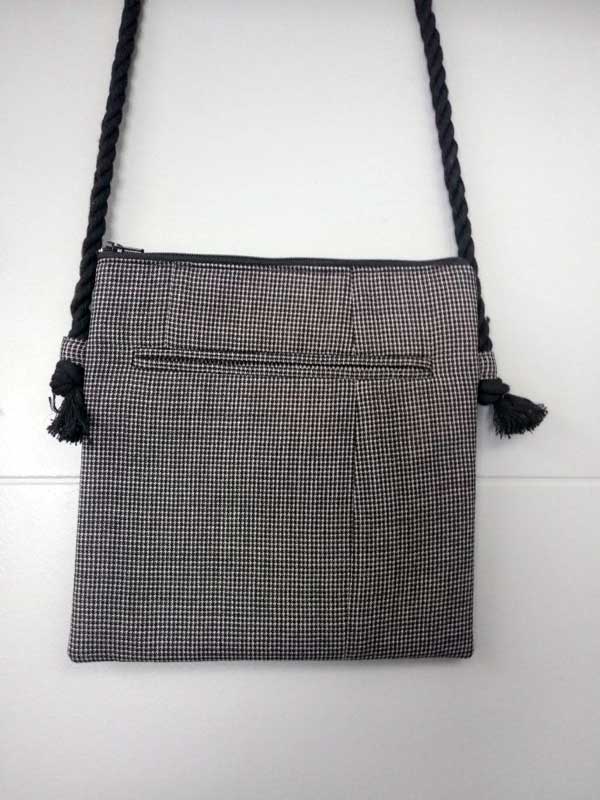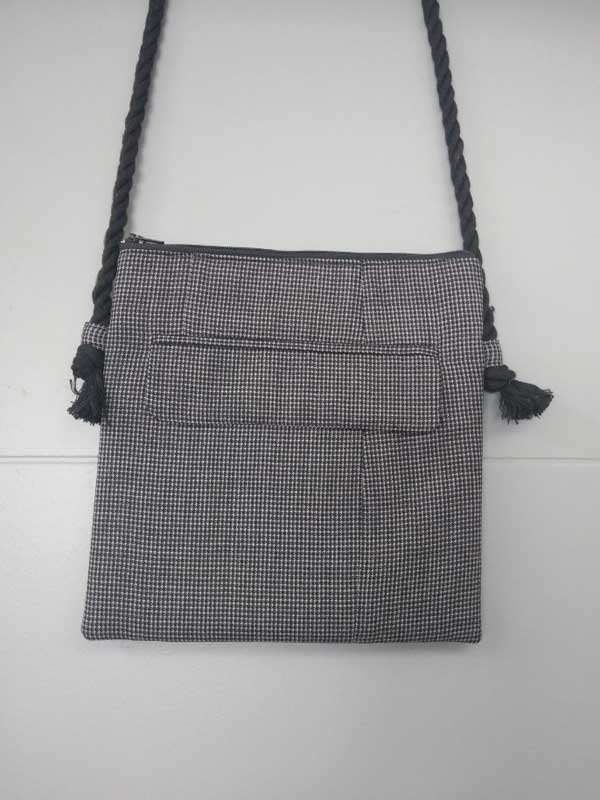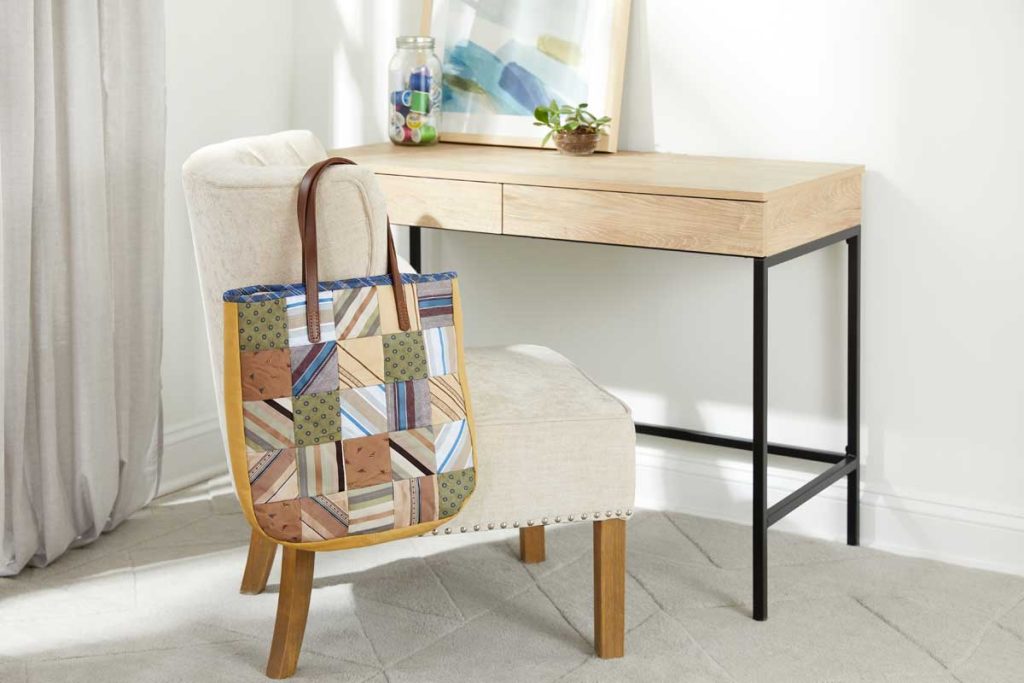Great looking trousers, like all successful sewing projects, requires a bit of specialized attention. Here’s a collection of tips and techniques to help you achieve the best possible results:
Stitching Order
Stitch all vertical seams before stitching the crotch seams, except when making jeans, making sure to stitch the inseams and outseams in the same direction.
Helpful hint: stitch and press the outseams first because it will make it easier to get a sharp press while the legs are still flat.
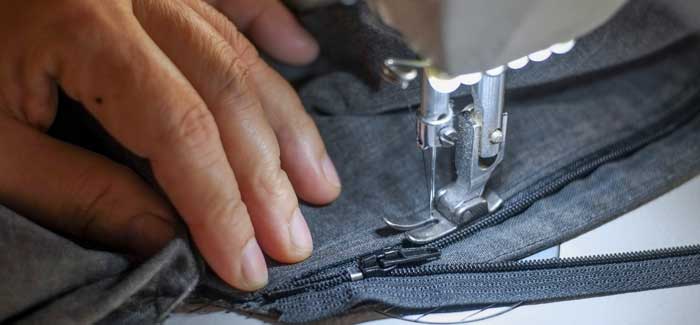
To learn more about tips for sewing trousers, the complete version of this article is available on the ASG Members Only blog and requires member login.
CLICK HERE to read the full article. Not a member? Join online!





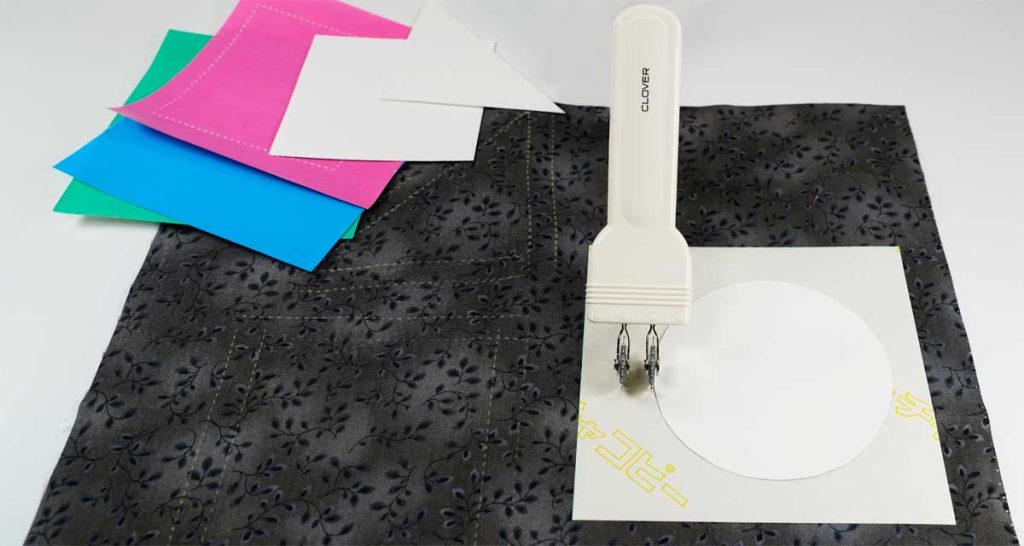


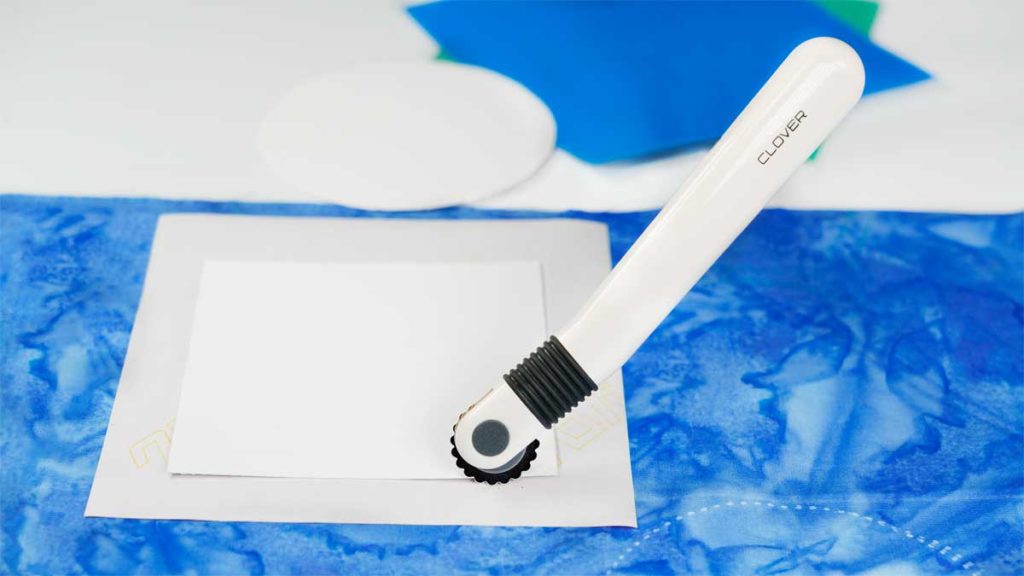

 Princess-line seams often result in a smoother line that allows for a body-skimming fit. They can also be more flattering than typical darts, especially if you have a large bust or shoulders as they not only help to flatter curves, but allow for more opportunities for fitting. They can also be used to create a unique style to the garment by using contrasting fabric or color blocking, or even to add a piped contrasting trim.
Princess-line seams often result in a smoother line that allows for a body-skimming fit. They can also be more flattering than typical darts, especially if you have a large bust or shoulders as they not only help to flatter curves, but allow for more opportunities for fitting. They can also be used to create a unique style to the garment by using contrasting fabric or color blocking, or even to add a piped contrasting trim.